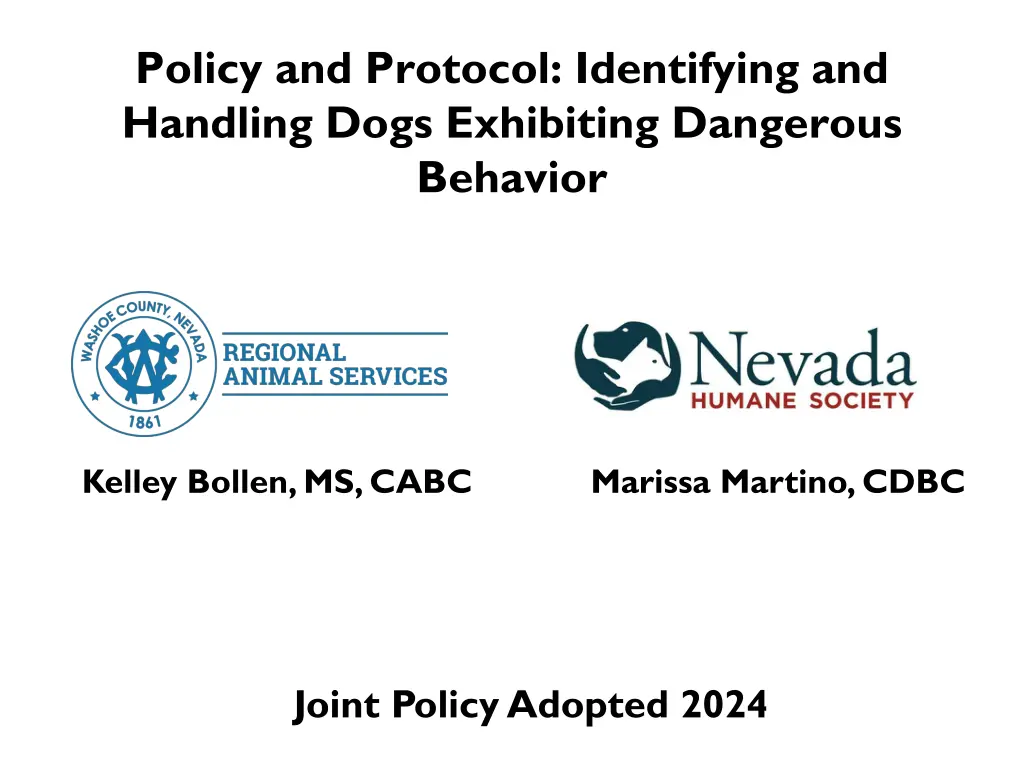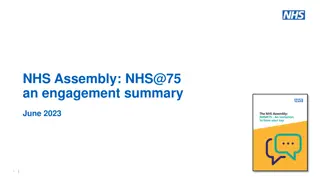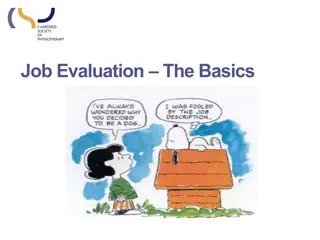
Handling Dogs Exhibiting Dangerous Behavior: Policy & Protocol
Learn about the policy and protocol for identifying and handling dogs exhibiting dangerous behavior, including criteria for euthanasia and situations where it's necessary. Human safety is the top priority in managing aggressive dogs.
Download Presentation

Please find below an Image/Link to download the presentation.
The content on the website is provided AS IS for your information and personal use only. It may not be sold, licensed, or shared on other websites without obtaining consent from the author. If you encounter any issues during the download, it is possible that the publisher has removed the file from their server.
You are allowed to download the files provided on this website for personal or commercial use, subject to the condition that they are used lawfully. All files are the property of their respective owners.
The content on the website is provided AS IS for your information and personal use only. It may not be sold, licensed, or shared on other websites without obtaining consent from the author.
E N D
Presentation Transcript
Policy and Protocol: Identifying and Handling Dogs Exhibiting Dangerous Behavior Kelley Bollen, MS, CABC Marissa Martino, CDBC Joint Policy Adopted 2024
Policy Statement Aggression is complex behavior defined as patterns of behavior that serve tothreaten or harm others. Displays of aggression that serve to harm others involve biting, while threat behaviors involve freezing, staring, snarling, growling and air snapping. All displays of aggression are cause for concern in regard to human safety and human safety must always be a primary consideration. It is essential to identify dogs with aggressive tendencies to prevent injuries whenever possible. This shelter recognizes that dogs that exhibit dangerous levels of aggressive behavior to humans or other animals must not be made available for adoption or rescue but must be humanely euthanized.
Included in the policy Explanation of what causes canine aggressive behavior. Discussion of the safety and liability concerns surrounding canine aggressive behavior. Discussion of the welfare concerns of housing dogs that exhibit dangerous behavior. List of situations relevant in a thorough assessment of a shelter dog s behavior (behavioral history, behavior during medical exam, behavior in shelter, formal behavior evaluation procedure, behavior in foster or adoptive home).
Euthanasia Criteria Euthanasia will be the outcome for any dog with a history of dangerous levels of aggressive behavior involving a broken skin bite at a level 4-6 or multiple level 3 bites. Dunbar Bite Scale Level 1 air snap Level 2 contact but no broken skin Level 3 broken skin but not deeper than half the length of the canine teeth Level 4 severe bite where the dog applied enough pressure for the puncture to be deeper than half the length of the canine teeth. Level 5 multiple level 4 bites in the same incident (a mauling) Level 6 victim was killed by dog
List of situations where euthanasia is the safest and most ethical decision Any dog with a history of exhibiting dangerous level of aggressive behavior toward people, including children, in the previous home. Any dog that exhibits dangerous levels of aggressive behavior to humans or animals in custody, including foster homes. Any dog that is returned to the shelter for exhibiting dangerous levels of aggressive behavior in an adoptive home.
Any dog with a history of dangerous level of aggressive behavior to other dogs. Any dog with a single incident of killing another dog. Any dog with a single incident of killing a companion cat that the dog has lived with. Any dog with a single incident of killing large livestock or companion farm animals (horses, goats, pigs, etc.)
Possible Reasons for Euthanasia Euthanasia due to dangerous levels of aggressive behavior as per policy. Euthanasia due to quality of life in care. Euthanasia due to high-risk behaviors as per risk assessment. Euthanasia due to lack of rescue resources. Euthanasia for space the organization is full to capacity and animals need to enter care and the organization needs to make kennel space for incoming animals.






















